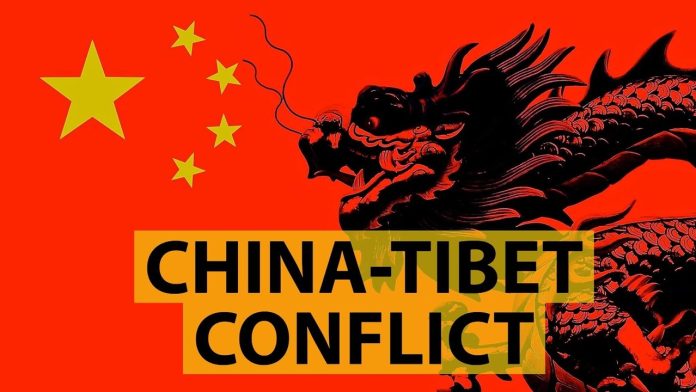Sikyong Penpa Tsering spoke to members of the Tibetan community in Ontario during his official trip to Toronto on May 18
The event commenced with a welcoming speech and a short presentation by the President of the Tibetan Association, Sonam Lankar, followed by comments from Representative Namgyal Choedup. Both speakers expressed their heartfelt gratitude for Sikyong’s committed leadership and his ongoing advocacy for the Tibetan cause on an international level, according to the CTA.
Sikyong Penpa Tsering underscored the importance of the upcoming 90th birthday celebration of His Holiness the 14th Dalai Lama. He encouraged Tibetans around the globe to take an active role in honouring this significant occasion and to contribute meaningfully to efforts that celebrate Dalai Lama’s legacy
He further mentioned the increasing global attention on the Tibetan issue, noting a rise in media coverage and reports related to the Tibet-China conflict. He highlighted the Central Tibetan Administration’s (CTA) continuous endeavours to engage with international stakeholders through diplomatic channels and media efforts, aimed at garnering wider support for the Tibetan cause
Sikyong also pointed to legislative progress in the United States, referencing the passage of the Promoting a Resolution to the Tibet-China Dispute Act (Tibet Resolve Act). This Act reaffirms Tibet’s historical independence and strengthens US policy supporting the Tibetan people’s right to self-determination.
He also mentioned a letter from the US Secretary of State received on the occasion of the 66th Tibetan National Uprising Day (March 10), which reaffirmed the US government’s long-standing commitment to the Tibetan cause, as highlighted in the CTA report.
Sikyong provided updates on the primary initiatives and programs of the 16th Kashag aimed at supporting the ongoing sustainability of Tibetan settlements and the administrative structure in exile while advancing the Tibetan freedom struggle, according to the CTA report.
Additionally, Sikyong brought attention to a demographic shift within the Tibetan exile community, noting a gradual migration of Tibetans to Western countries, which has led to a decrease in the population in India. He expressed concern over the ramifications of this trend, particularly its potential effects on Tibetan schools. He stressed the urgent need for strategic planning to safeguard Tibetan language and cultural heritage for future generations









































